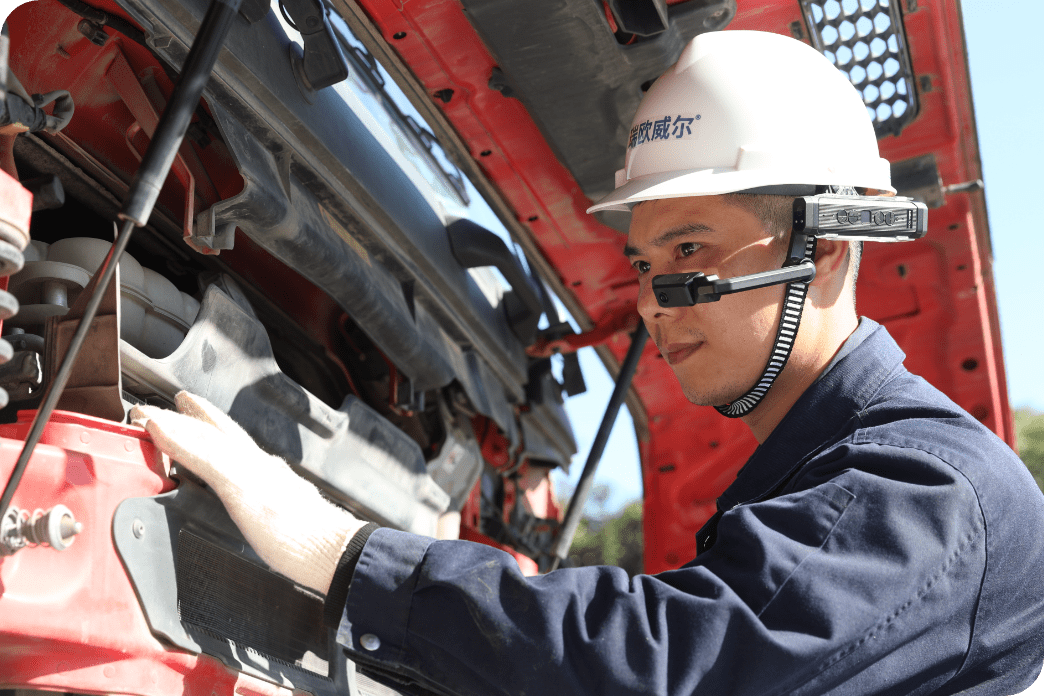THE DIFFERENCE IN FREEING YOUR HANDS


Technological advancements glide into the new decade with far-improved versions of their past selves. Dating back to the 90s, the attempts made towards a more or less high-tech version of mobile phones began with the aim to make communication possible from mirror ends of the world, a goal observed and achieved smoothly.
However, entering the era of the 2000s, smart attempts arose to enhance wireless mobile technology into a sleeker and more compact version of itself, rebranding the communicational infrastructure as a smartphone. Further challenging the limits of high-tech devices, smart innovation found its way toward other aspects of life – smart homes and smart cars.
The innovative emergence of smart technology found its significance after 2020 when the global pandemic of COVID-19 hit every acre of the planet. In the two years of lockdown, due to the unavailability of physical means of communication, the reliance on technology increased in a flash, especially for the industrial sector.
Remarkable progress was observed in professional environments, ranging from productivity to guaranteeing the safety of workers, something that held vital importance during such a monumental time in the pandemic. Industry 4.0, one of the most influential revolutions in the brief history of time, was further driven by the enrichment of tech-based wearables in fieldwork.
Experts no longer had to leave their carbon footprint by traveling across to guide their workers. Now, through smart wearables, effective and efficient communication occurs at a swifter rate. The surplus has increased, and wearable technology has become the highlight in all industries – from petroleum to automotive, utilities, and manufacturing.
What is Smart Wearable Technology and How Does it Help?
Smart and compact wearable technology runs from adaptable and multi-purpose hands-free computing devices in multiple ways. These modern means of hands-free computer headset technology play a critical role in ensuring the routine safety of employees in the workforce and increasing efficiency.
It allows the replacement of physical tools with wearable headsets that work through the craft of voice recognition. Deloitte acknowledges that these rapid upgrades in wearable technology, like augmented reality (AR), are bringing about a noticeable improvement in the scale of workability, safety, and productivity.
It also articulates that hardware like smart glasses and AR hands-free computing devices are becoming evidently smaller, lighter, and more affordable. Due to this, a striking increase is observed in a company’s utilization of the Internet of Things (IoT).
One study that questioned the reliance on wearable technology came to a conclusion by predicting their usage in half of the manufacturing companies on the planet in the next few years. Deloitte calls this run-of-the-mill, efficient technology the workforce superpower.
Improving Employee Safety with Moziware
Hands-free software solutions like Moziware allows business in the industrial setting to thrive by enabling the ability to complete tasks and gain insights with a simple voice command provided by remote teams.
A clear visual picture of the industrial Internet of Things (IoT) with document navigation can be painted in front of their eyes with the help of a hands-free computer device: Moziware’s aR-driven solutions. Not only does Moziware help the global workforce, but the emphasis is on providing its employees with effective workflow solutions to empower them in their craft and connect them with subject matter experts in real time.
Embedded within the headset is a sophisticated voice recognition system that responds to the user in less than a few seconds. Whether you need to contact the control room due to an emergency or merely videotape a scene in front of you, nothing can hinder Moziware’s assisted reality solution – not even a 95-dB environment.
Thus, making the hands-free computer device the number one choice of smart wearables in noisy environments. Its comfortable design is specifically for the utility sector, which allows them to operate through dangerous procedures and coach new employees on their first day.
Your virtual support team can help maintain the system steadily while simultaneously handling any equipment downtime or technical fault on the way.
To know more about the assisted reality solutions Realtime AR offers, speak to one of our AR consultants today.

